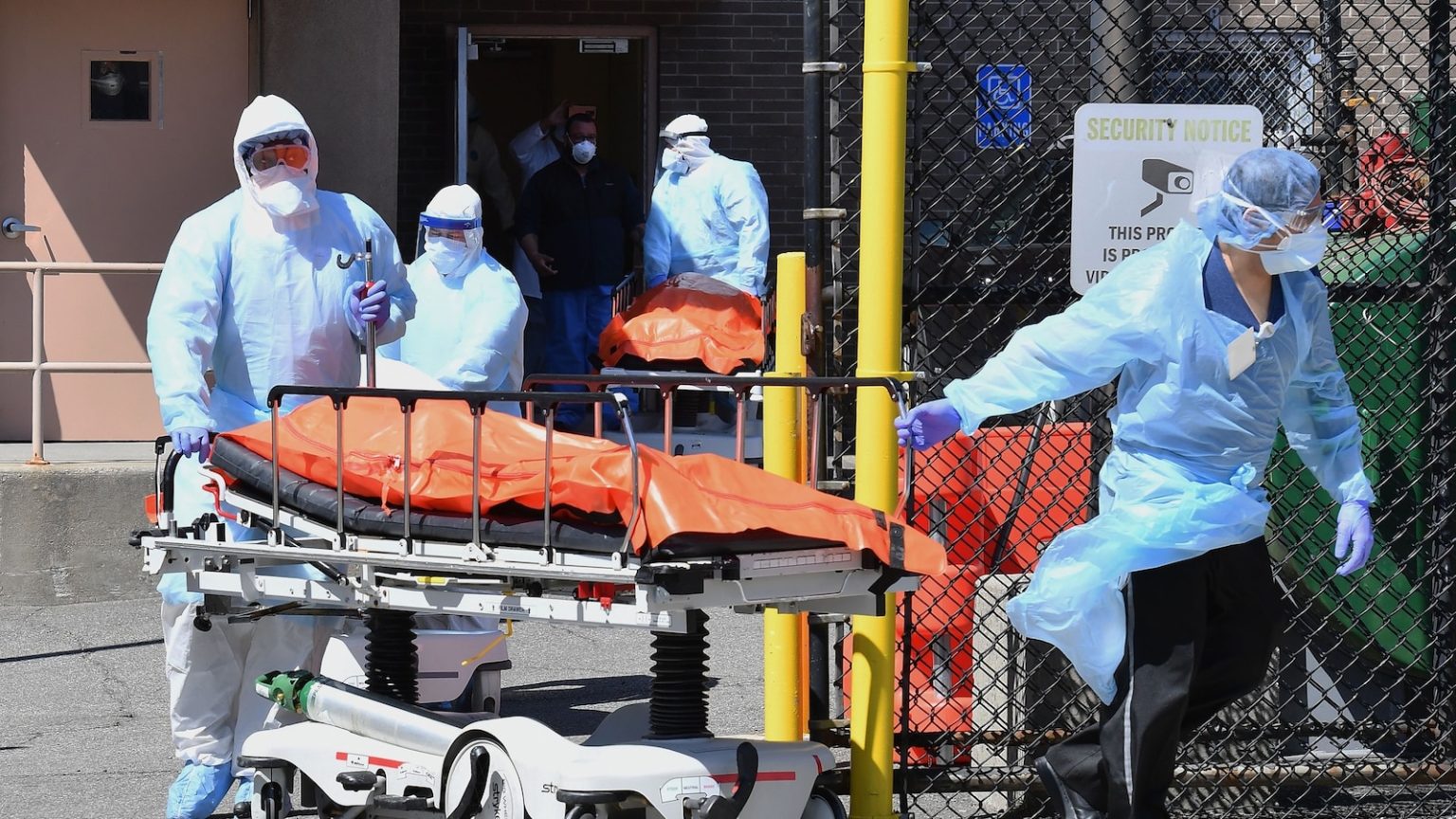Five Years of COVID-19: Reflections on a Persistent Pandemic
The Anniversary of a Global Health Emergency
This Friday marks five years since the COVID-19 virus was declared a public health emergency by the United States. While the world has made significant progress in understanding and managing the virus, its impact remains profound. According to experts like Dr. William Schaffner, a professor of preventive medicine at Vanderbilt University Medical Center, COVID-19 has become an integral part of our lives. "COVID is not going away, and it still causes a substantial amount of illness each year," Schaffner remarked. Despite the lifting of many restrictions and the transition out of the acute pandemic phase, the virus continues to circulate, mutate, and affect communities worldwide.
The World Health Organization (WHO) reported that over 7 million lives have been lost to COVID-19 since 2020. While the global health emergency was declared over on May 5, 2023, the virus remains a significant threat. WHO Director-General Dr. Tedros Adhanom Ghebreyesus emphasized that ending the global health emergency status did not mean the pandemic was over. "It is with great hope that I declare COVID-19 over as a global health emergency," Ghebreyesus said. "However, that does not mean COVID-19 is over as a global health threat."
The Persistent Threat of COVID-19
As of recent reports, COVID-19 is still responsible for thousands of deaths worldwide. In the last 28 days alone, the WHO recorded 2,861 deaths, with 2,100 of those occurring in the United States. Hospitalizations and emergency department visits are also on the rise, and the death rate for COVID-19 currently stands at 1.8%, according to the Centers for Disease Control and Prevention (CDC). Sean Clarke, a professor of nursing leadership at New York University, underscored the virus’s enduring presence: "The virus is still persistent and still moving. It’s still not a trivial thing. It hasn’t vanished, it’s just at a different point."
Despite advancements in treatments, vaccines, and diagnostic tests, experts warn that COVID-19 will continue to be a part of our lives for the foreseeable future. Schaffner predicts that the virus will follow a seasonal pattern, with two peaks each year—one in the summer and one in the winter. "We are going to have to keep living with this virus as we live with others," he said. The virus’s ability to evolve and mutate adds layers of complexity to its management, as new variants could emerge with greater severity or transmissibility.
Lessons Learned and Adaptations
Over the past five years, humanity has learned valuable lessons about resilience, scientific collaboration, and the importance of public health measures. Social distancing, mask-wearing, and vaccination played crucial roles in mitigating the spread of the virus and reducing its impact. Vaccines, in particular, have been instrumental in saving lives and preventing severe illness. However, vaccination rates remain a concern, with less than 25% of adults in the U.S. having received the updated 2024-25 COVID-19 vaccine as of January 4.
Schaffner emphasized the importance of vaccination in reducing both acute infections and the risk of long COVID, a condition where symptoms persist for months or even years after the initial infection. "Vaccination helps prevent and reduce the severity of the initial infection, and it also reduces the risk of you getting long COVID," he explained. According to the Mayo Clinic, between 10% and 35% of COVID-19 survivors experience long COVID, making it a significant public health concern.
Looking Ahead: The Future of COVID-19
As we look to the next five years, the COVID-19 landscape is likely to continue evolving. Schaffner predicts that the virus will mutate further, leading to annual updates of vaccines to keep up with new variants. However, there is uncertainty about the direction of these mutations. "This virus could mutate again and become more severe," Schaffner warned. "We don’t know if that’s going to happen. But when it comes to viruses, it’s very hazardous to predict the future, because they’re so unpredictable."
The global response to COVID-19 has demonstrated both the strengths and weaknesses of health systems worldwide. Moving forward, continued vigilance, improved vaccination rates, and sustained investment in research will be critical to managing the virus and reducing its impact. While COVID-19 is no longer the all-consuming crisis it once was, it remains a reminder of the fragility of global health and the need for preparedness in the face of future challenges.
In conclusion, five years since the declaration of the COVID-19 public health emergency, the virus continues to shape our lives in profound ways. While progress has been made, the persistent threat of COVID-19 serves as a reminder of the ongoing need for caution, innovation, and collective action. As we navigate this new normal, it is essential to remain informed, protect ourselves and others through vaccination, and support ongoing efforts to understand and mitigate the virus’s impact.
This article was written in response to a request to summarize the original content into a more humanized format, focusing on clarity, empathy, and accessibility. The goal is to provide a comprehensive yet relatable overview of the COVID-19 pandemic’s status, challenges, and future implications.















